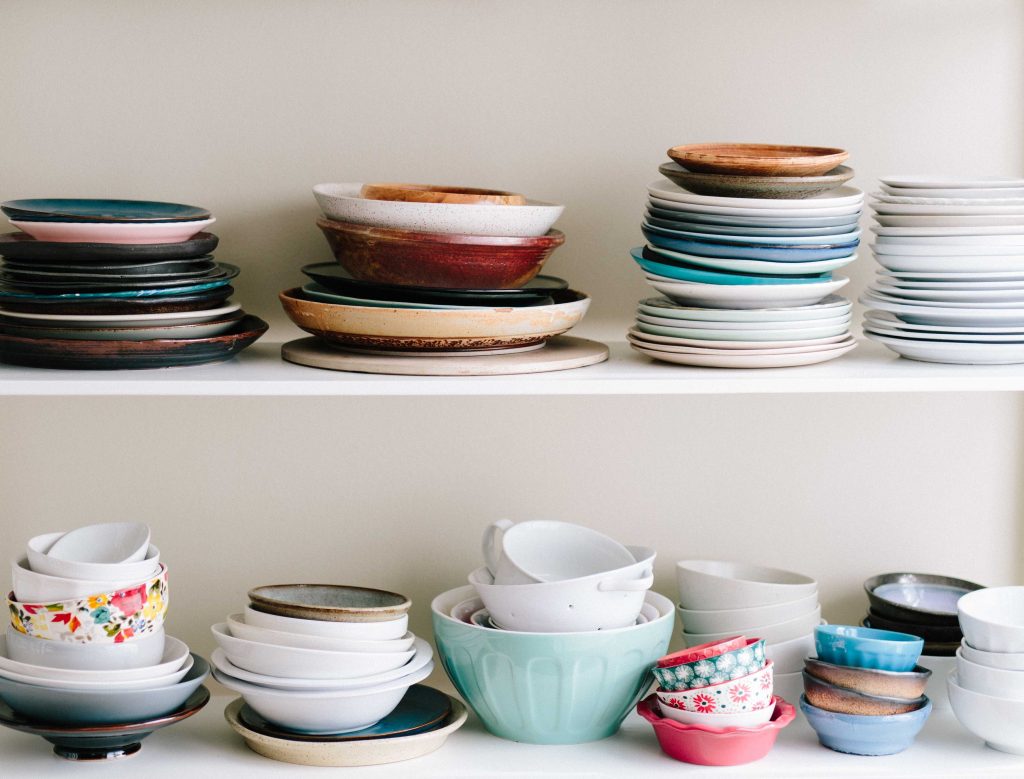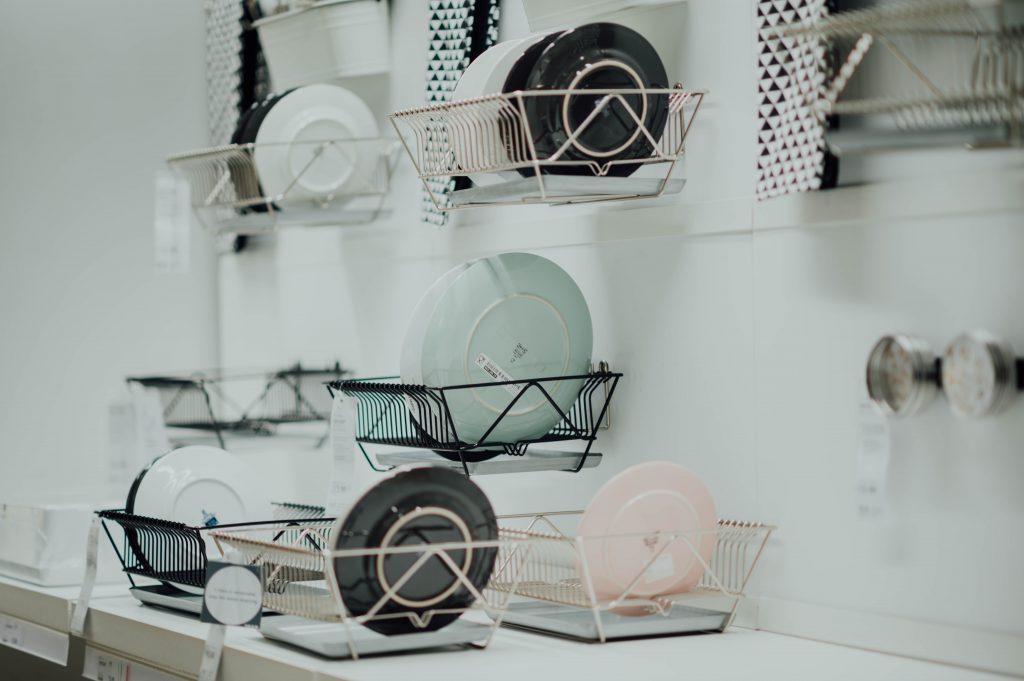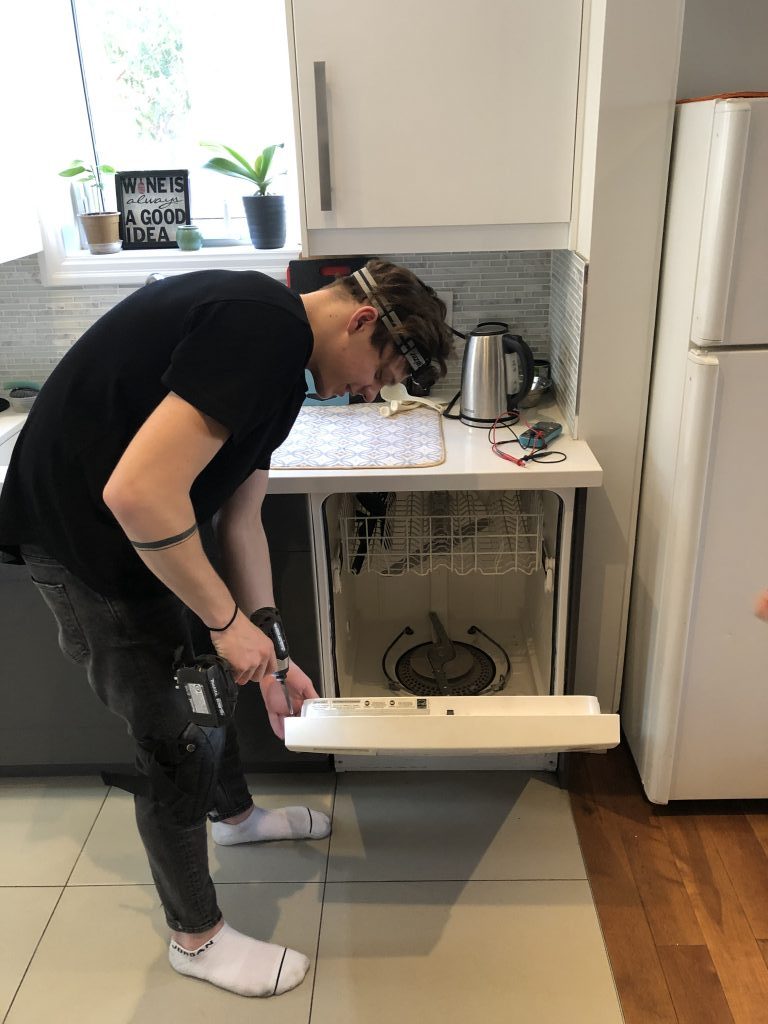What’s the lifespan of each appliance in your household? This article tells you how long you can expect your washer, fridge or dryer should last.
Are you in the process of buying some new appliances for your home? Before spending a lot of money on an appliance, it can be interesting to know how long you can expect it to last. Or maybe you need to replace one of your appliances and you are wondering if it’s worth buying a used appliance such as a washing machine that is almost five years old?
That’s why we have decided to write this article on the lifespan of different appliances. You will find out how many years a dryer should last and after what time you might have to replace the range hood in your kitchen.
Anyhow, if one of your appliances stops working, we encourage you to have it checked up before giving up on it. Our experienced technicians might find a way to repair your stove or the beloved microwave that has never failed you before. You can contact us online or by calling +1 (888) 513-0052 or +1 (289) 801-7857 during our office hours (Mon – Sun from 8 am – 10 pm).
Furthermore, there is one reason why you shouldn’t be too disappointed if you need to replace your appliance. New appliances cost a lot in the beginning, but they have a much lower energy consumption compare to old appliances.
What Factors Influence the Lifespan of Appliances?
Many different factors influence the lifespan of your appliance, such as the brand and the quality or how often you use it. Furthermore, it is important to clean your appliance and maintain it regularly.
Lifespan of Dishwashers
The dishwasher in your kitchen can last up to 12 years. Newer dishwashers have the benefit of using less water and energy. They are also more efficient in the way they are designed.
Lifespan of Washing Machines
On average, a washing machine should be replaced after 11 and 15 years these days. Having that said, older washing machines that were manufactured a few centuries ago might still be working. But as mentioned before, they use a lot more energy than newer models.
Lifespan of Dryers
The average dryer lasts between 10 and 13 years. There are many things that you can do to extend its lifespan, for example by cleaning the lint trap regularly.
Lifespan of Fridges
Your fridge should last about 13 years before it needs to be replaced. Have a look at these tips on how you can expand the lifespan of a fridge as we have collected them in an earlier blog post.
Lifespan of HVAC Appliances
You can expect your heating, ventilation or air conditioning system in your household to last for a lifespan of 15 to 25 years. On average, air conditioning units will last a bit shorter, between 10 and 15 years. Nevertheless, all of these appliances require regular maintenance to keep working efficiently and to expand their lifespan.
Lifespan of Stoves / Ovens
The stove and oven in your kitchen should last around 10 to 15 years. After that time, you might experience problems with the bake element or the control board.
Lifespan of a Microwave
Nowadays, microwaves last for around seven years, depend on the usage. If used a lot without being cleaned and maintained properly, a microwave might need to be replaced after around five years already.
Our Tip: Save Up Before your Appliance Break
It is always good to be prepared if you know that your appliance comes towards the end of their lifespan. Therefore, you should make sure to have some money on the side so you can afford a new appliance immediately after the old one gave up!








